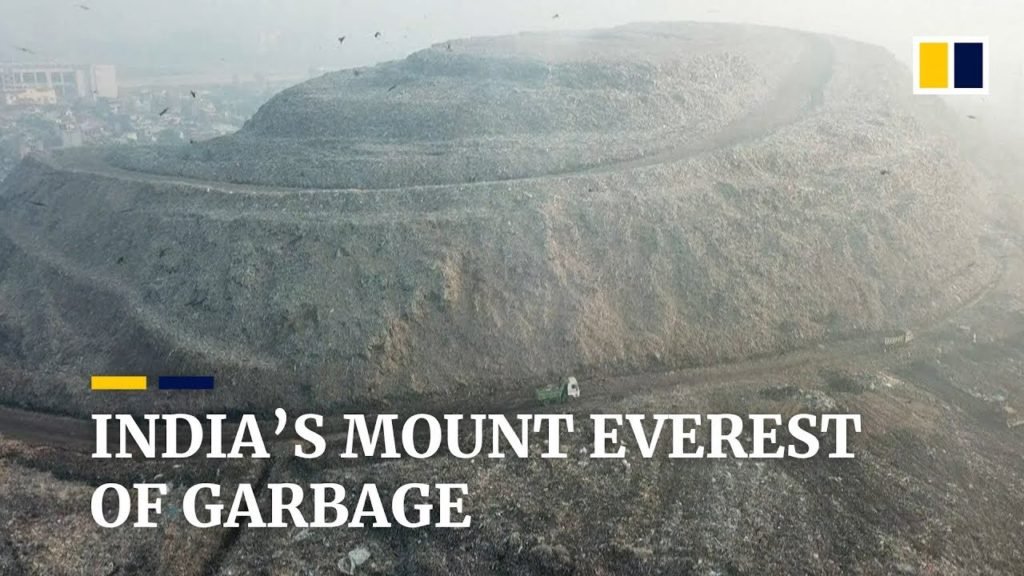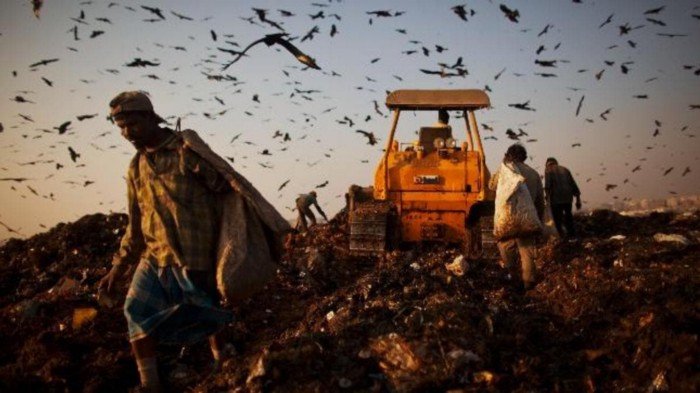Are we forgetting something much more fundamental in our battle to reduce waste and stop throwaway culture!

Though extremely important, we are only looking at the amount of trash we throw away, the landfills, environmental hazards, effect on the ecosystem, pollution, foul smell, diseases, and damage to the planet and its inhabitants, but all these are effects or outcomes of something much more fundamental the root cause or the reason. We seldom look into why people throw away.
So let’s first understand few reasons why we throw to go to the root of the problem.
Wikipedia states, the throw-away society is a generalised description of human social concepts strongly influenced by consumerism, whereby the society tends to use excessive single-use items, disposable packaging, and general consumer products not designed for re-use or lifetime use. The term describes a critical view of over-consumption and excessive production of short-lived or disposable items over durable goods that can be repaired, but at its origins, it was viewed as a positive attribute.
Another extreme reason could be compulsive decluttering, it is a pattern of behavior that is characterized by an excessive desire to discard objects from one’s home and living areas. Other reasons people state are convenience, safety, hygiene, habit, boredom, lack of alternate, cost, it has served its purpose, it’s broken, out of fashion, and some notional reasons amongst others just to name a few. Many governments, scientists, engineers, and activists are relentlessly working on several fronts including material science, disposability, awareness creation, minimalism, reuse, recycling, hygiene, and safety, etc.

Copyright India Today
But I would like to bring a few more refreshing approaches to possibly reduce throwaway culture by looking at design intervention to change behaviour, create attachment and legacy, use of smart materials, product evolution, create emotions and memories, modularity, etc. A few decades ago we used to cherish, preserve, protect, and reuse is there learning we can use to design new objects?
Following are few thought-provoking approaches you can use to reduce throw-away culture.
Approach 1: Taking entropy (disorder and eventual destruction) into account from the very beginning of the process of creation can present you with loads of design opportunities- recent innovation in smart materials, self-healing concrete, are a case in point. These smart materials would ensure products are not broken and need not be fixed for years. Another way is that a product understands that some part is about to be broken or fail and then it smartly communicates using AI/ IoT technologies with the service provider or the brand and is remotely fixed thus extending its life or reducing downtime. This could also help us move away from throw if broken culture.
Approach 2: A sci-fi approach where the product or an object was designed to evolve along with the consumer not only in terms of its usability, technology, features, but the materials, colours, form factor, etc. Re-programmable materials and configurations, design of modular components that can be swapped to make an entirely new product or modify the existing one is just one way to extend the life of products. Most products are thrown away because they are obsolete, outdated or out of fashion, if only they were designed to evolve and undergo change.
Approach 3: We can design the endowment effect in new products and objects by building, communicating, and making the consumers strongly feel the sense of ownership the same violent, hysterical way children react when deprived of an object they’ve designated as “theirs.”
In one study from 1989, participants were given either a chocolate bar or a coffee mug and then offered the opportunity to trade. Regardless of their initial item, only 11 percent opted to switch. This phenomenon even extends to people who engage in bidding wars at auctions, too: They want it, they see themselves owning it, they feel ownership, and suddenly, the monetary value skyrockets. This will be very a powerful way to make consumers care and reduce throwing away.
Approach 4: Create connections and evoke memories the way family heirlooms make us feel connected to loved ones or the memories that are evoked when we sit on the grandfather’s chair. Children between the ages of three and six were convinced that there existed a cloning machine and were presented with the option of taking home their favorite belonging, or a clone. Not only did they overwhelmingly choose to keep their original toy, but many were also deeply unsettled by the belief that an exact replica now existed. This presents further evidence that we believe belongings have a unique essence, and their owners imbue them with further meaning — hence the concept of “family heirlooms.”
Approach 5: Create powerful stories and add endorsement and rituals around products and daily objects. If you were to get your hands on a bandana that once belonging to Mark Knopfler (Dire Straits), you might begin consciously subscribing to the belief that we instill things with our “essence.” We preserve so many objects which had powerful stories or were endorsed by someone we idolise or love.
Approach 6: If we have no choice but to throw, then can our throwing away could POSITIVELY change the environment? Where can we embed seeds, compost, organic fertilizer? How can throwing away something be an act of kindness to the Planet?
I strongly believe in the power of (new) design to bring extraordinary transformation to life and its systems in a manner that ushers a new golden age for humanity. As humans, we are endowed with a system that has immense potential and enables us to achieve possibilities that one could only dream of.
John Keynes said the difficulty lies, not in the new ideas, but in escaping from the old ones.
Let’s escape from the old ones that haven’t worked for us and create new approaches and mechanisms to reduce entropy and bring about lasting change through innovation.
(This Perspective was originally published on April 23, 2021 by Shekhar Badve on LinkedIn)
